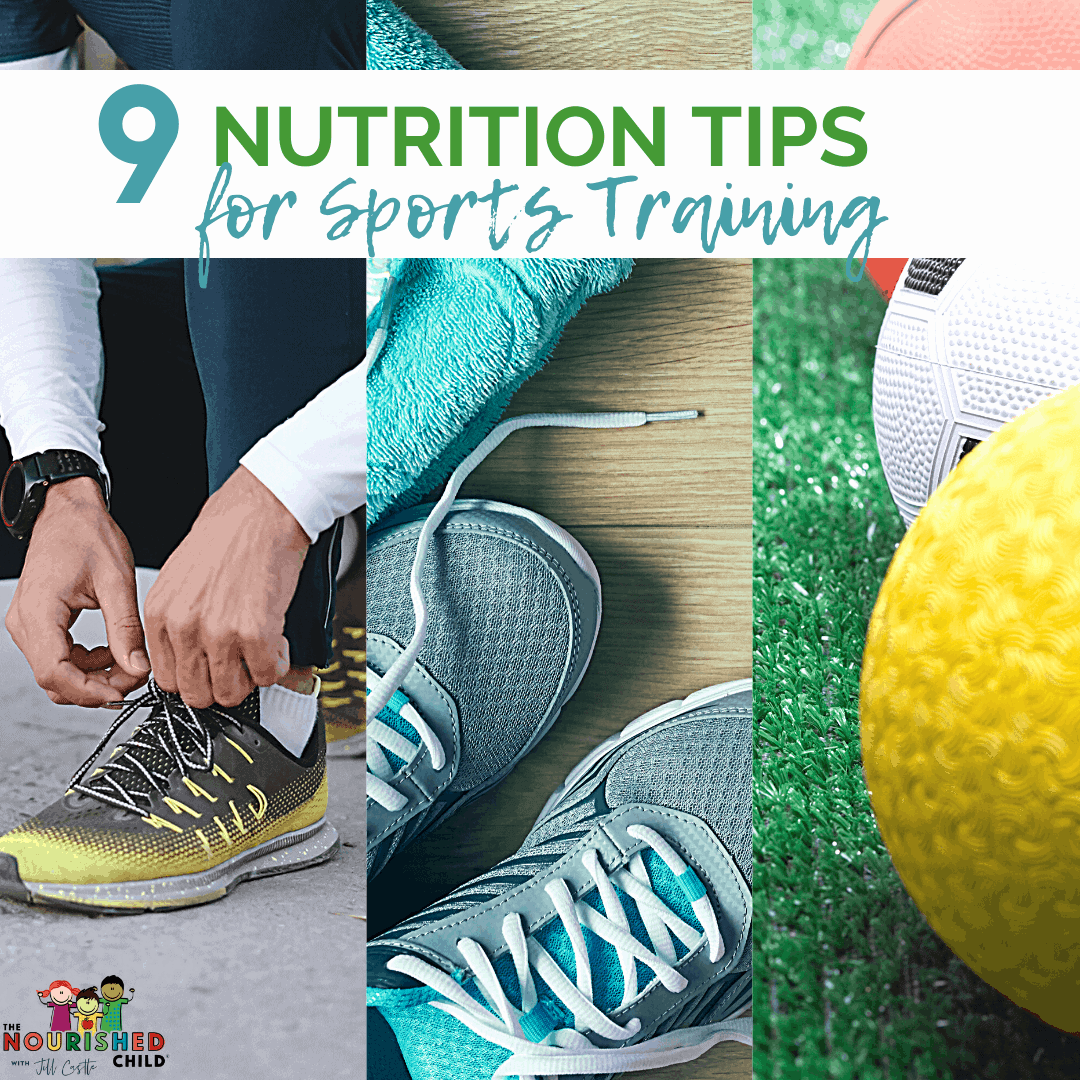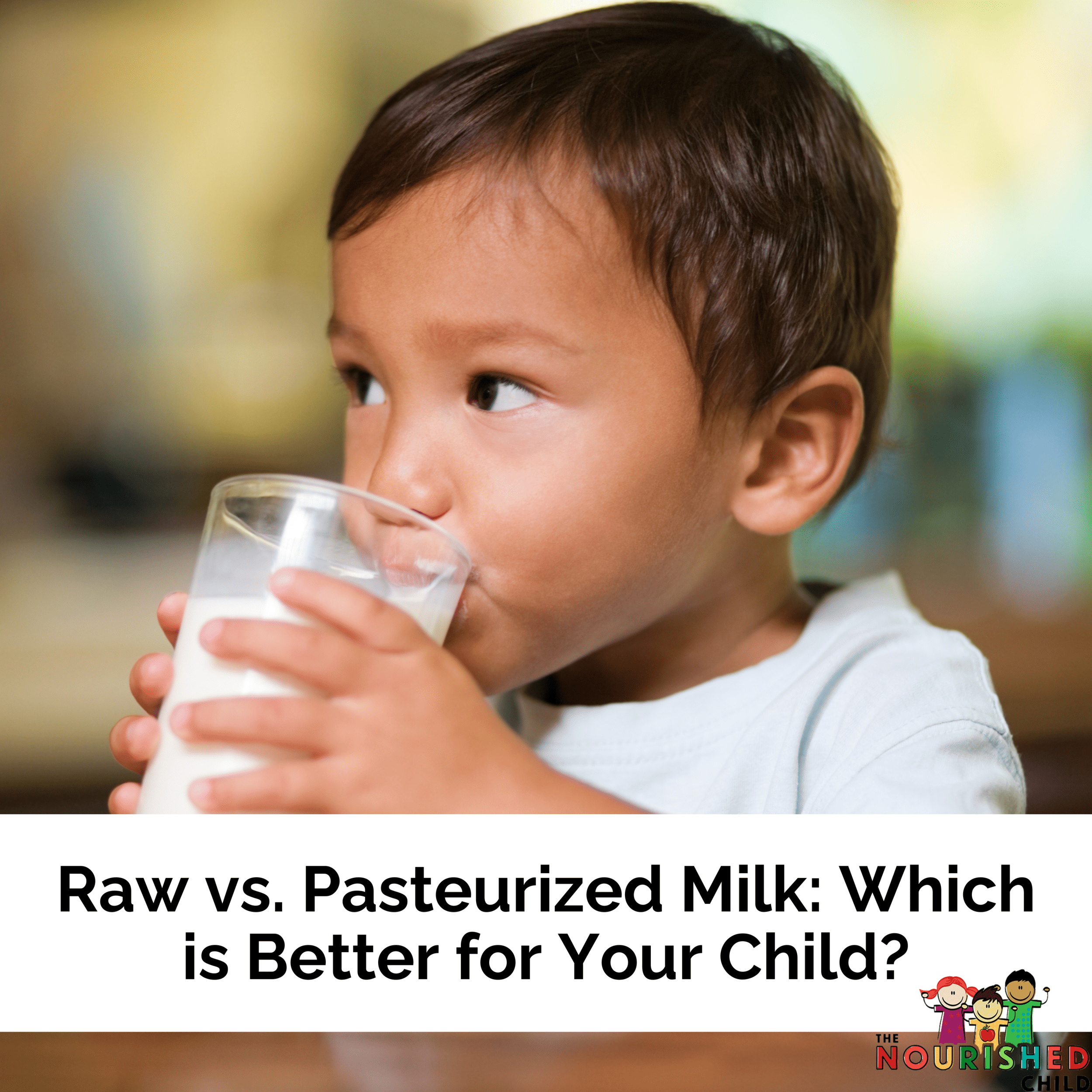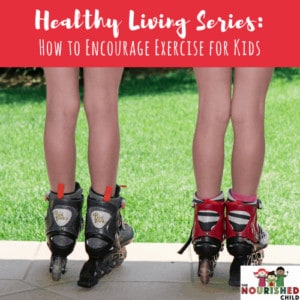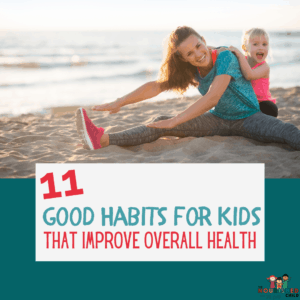Is Aspartame Bad for Kids?
July 20, 2023
Is aspartame bad for you? More importantly, Is it bad for your child?
As of July 12, 2015, approximately 13,000 products contain at least one non-nutritive sweetener, or artificial sweetener, according to a report from the American Academy of Pediatrics. That was 8 years ago, and surely, there’s more.
Aspartame side effects and dangers have been percolating in the media lately, and it begs the question, Is aspartame bad for you? And even more importantly, Is it bad for kids?
As a pediatric dietitian and mom, I keep my eye on research that reports on kids’ health, especially potential toxins, like the heavy metals found in baby food.
In this article, I’m digging into aspartame, what it is, where it’s found, and everything I think you should know when deciding whether or not to include it in your child’s diet.

What is Aspartame?
An artificial sweetener, aspartame is 180 to 200 times sweeter than sugar. (A little bit goes a long way!)
Aspartame is a white powder that’s odorless and has no calories.
It’s sold under the commercial names NutraSweet, Equal, or Sugar Twin.
It was initially approved by the Food and Drug Administration (FDA) for limited use as a tabletop sweetener in 1981, and then okayed for general use in foods and beverages in 1996.
Aspartame Foods
Aspartame is added to drinks and foods. Here are a few examples where you might find it:
- desserts and sweets
- diet sodas like Diet Coke, Fresca, Diet Dr. Pepper, and Tab
- chewing gum
- sugar-free ice cream
- reduced-calorie fruit juices; Country Time lemonade
- light yogurt and other similar dairy products
- low-calorie or diet foods like reduced-sugar ketchup, sugar-free salad dressing, or sugar-free jello
- a sugar substitute that can be added to foods, like oatmeal or other beverages, such as coffee or tea
In the United States, aspartame must be labeled on food products in the ingredient list or on the label itself.
However, manufacturers are not required to specify the amount contained in a food product.
This fact makes it challenging to know exactly how much you’re consuming or how much your child is consuming.
Is Aspartame Safe for Kids?
The Food and Drug Administration (FDA) has approved aspartame and most artificial sweeteners as safe for consumption.
Other artificial sweeteners, like saccharin and sucralose, have been linked in the past to increasing cancer risk, but current research has proven this notion wrong.
Overall, the body of evidence does not support a cancer risk in humans at this time.
In fact, the American Cancer Society states they rely on other organizations to guide their position on cancer risk and they say:
“The U. S. Food and Drug Administration, or FDA, has concluded that the use of aspartame as a general purpose sweetener… is safe.”
Furthermore, the European Food Safety Authority, or EFSA, has stated,
“Studies do not suggest an increased risk associated with aspartame consumption for leukemia, brain tumors, or a variety of cancers, including brain, lymphatic, and hemopoietic, or blood cancers.”
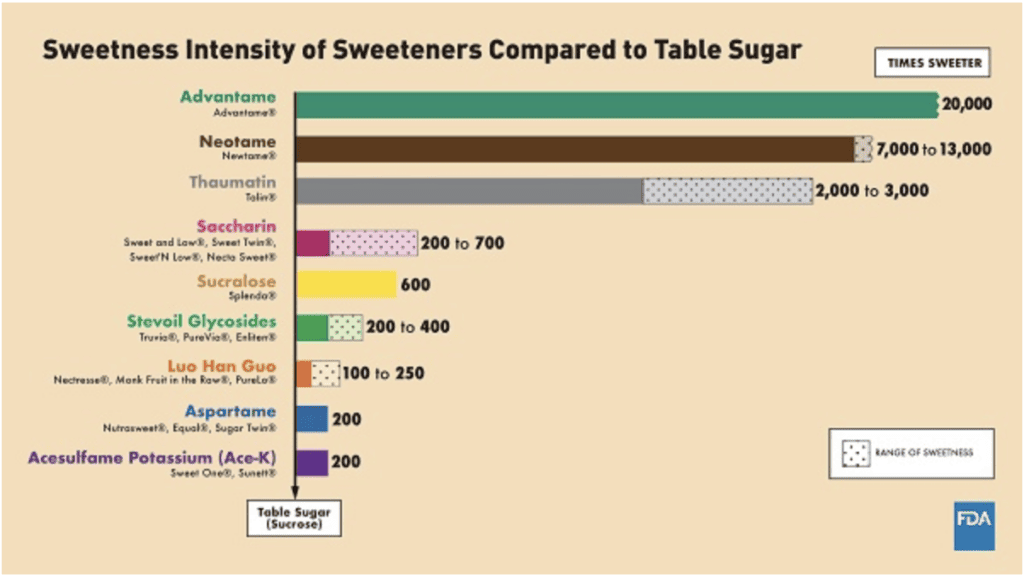
Aspartame Side Effects and ADHD
What about symptoms of ADHD in kids?
There is high-quality research that indicates there is no association between aspartame and ADHD development or the worsening of ADHD symptoms, or birth defects, diabetes, and lupus in children.
The association with these conditions have been refuted in the research, according to a position paper from the American Academy of Pediatrics (AAP) about the safety of artificial sweeteners in kids.
However, the AAP also states that for kids, long-term research and data are lacking on this topic. Simply put, we just don’t have a lot of research on the side effects on children.
The AAP says,
“Observational data in adult human studies show no association between non-nutritive sweetener use and cancer. There are no long-term studies in children. Studies have been limited to animal and adult human studies, and the long-term risk of cancer and other conditions among children who use non-nutritive sweeteners is not known and is likely to be difficult to obtain.”
The European Union is Re-Examining Aspartame
Currently, the EU is in the process of reevaluating aspartame safety, and they’ve been doing this work since about 2017.
In 2013, they did a thorough reevaluation of its safety, and found it was safe for the general population, including infants, children, and pregnant women.
However, since 2017, the EU has been re-examining it, particularly the salt of aspartame, called aspartame-acesulfame.
The EU is also trying to get a handle on how much is actually in food products because there’s no requirement to label the quantities or amounts included.

What is a Safe Amount of Aspartame?
In the US, safe limits for non-nutritive sweeteners are called Acceptable Daily Intake, or ADI.
The limit for aspartame, which is set by the FDA, is 50 milligrams per kilo of body weight (50 mg/kg body weight).
What does that really mean? If you look at a 150-pound adult, it’s about 165 packets of NutraSweet or Equal.
Or, it’s 18 cans of diet soda.
That’s a lot of soda and a lot of sugar substitute packets!
It’s doubtful that kids (or even you) are getting anywhere near that amount in a day.
As a point of comparison, the European Union sets a lower acceptable limit for aspartame.
Their limit at 40 milligrams per kilo body weight (40 mg/kg body weight).
They also say this limit is much higher than an actual person’s typical consumption.
Both the US and EU agree that the level of consumption for most individuals is below the ADI.
So that’s good news.
Who Should Avoid Aspartame?
There are a subset of children and adults who should avoid aspartame.
Kids and adults with a condition called PKU, or phenylketonuria. They are unable to break down an amino acid called phenylalanine.
Phenylalanine is found in aspartame.
For their safety, food products are required to call out the presence of aspartame. And if you’re looking at the label, it will say CONTAINS PHENYLALANINE.
The label may also say it contains aspartame, but for the purpose of protecting those children and adults with PKU, the label is very explicit.
Does Aspartame Promote Weight Loss in Children?
I get this question a lot when I work with kids and families in private practice: Should my larger-bodied child use a sugar substitute?
Will using a sugar substitute help them be healthier? Will it cause weight loss?
The body of research in children suggests that the use of artificial sweeteners, particularly when used as a substitute for real sugar, can encourage weight stabilization or a small degree of weight loss (about two pounds).
This is due to the fact that you’re swapping out real sugar for a no calorie sugar substitute in the regular diet, and that creates a net calorie deficit.
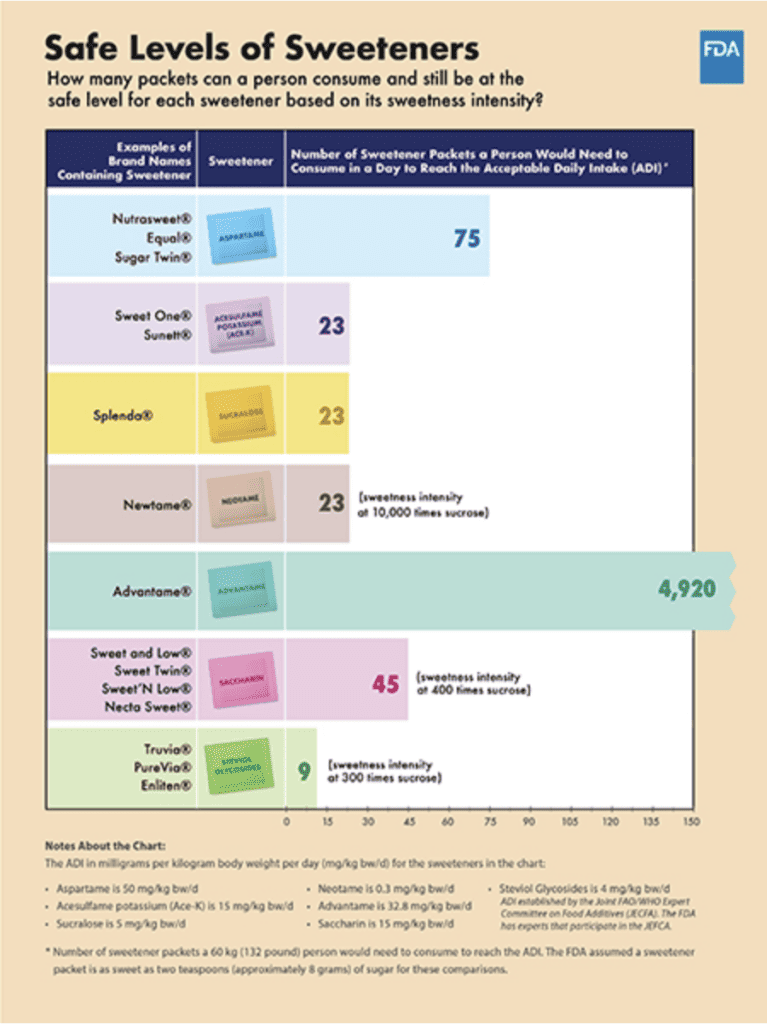
Other Side Effects of Aspartame to Consider in Children
There are some other things to think about as you consider whether or not you’ll include aspartame as part of your child’s regular eating pattern.
One, artificial sweeteners may train your child’s tastebuds to prefer sweeter foods.
Another thing to think about is that it’s not possible to truly measure exactly how much aspartame your child is consuming and compare that to the recommended daily limits.
Although most experts and the science agree that humans are not consuming near the levels of Acceptable Daily Intake, many food products and beverages contain artificial sweeteners and these are widely available.
In children, the accumulation of a variety of different foods and beverages might be something to consider.
Additionally, we don’t really know if the ADI for adults is appropriate for children.
Is Aspartame Bad for You?
Don’t fear aspartame. It’s largely regarded as safe and the evidence in adults suggests it’s safe.
Even though we don’t have long-term studies on children, I think the concept of moderation is very relevant to this conversation.
So, as with all foods, you’ll want to balance foods with non-nutritive sweeteners in your child’s diet.
Moderation is the key.
Additionally, balancing a variety of foods in your child’s diet is a protective approach you can take to any foods that may contain questionable or concerning substances.
If you’re worried about how much your child may be consuming, quickly assess the foods in your kitchen and on your regular shopping list and see which ones might be carrying artificial sweeteners.
If you didn’t know that the light yogurt your child loves to eat includes an artificial sweetener, well, now, you do.
If you’re uncomfortable with the amount of artificial sweeteners your child is consuming, consider switching to real sugar-containing foods and work to keep all the different foods your child eats in balance, especially sweets and treats.
Remember, when it comes to aspartame, studies say it’s safe.
But if you’re unsure, downgrade the foods with artificial sweeteners in your home, and focus on serving a variety of nutritious foods as a good strategy for supporting your child’s growth and development.
Learn More about Nourishing Your Child
Check out our Shop! We have workshops, e-guides, and classes to help you nourish your child, inside and out!

